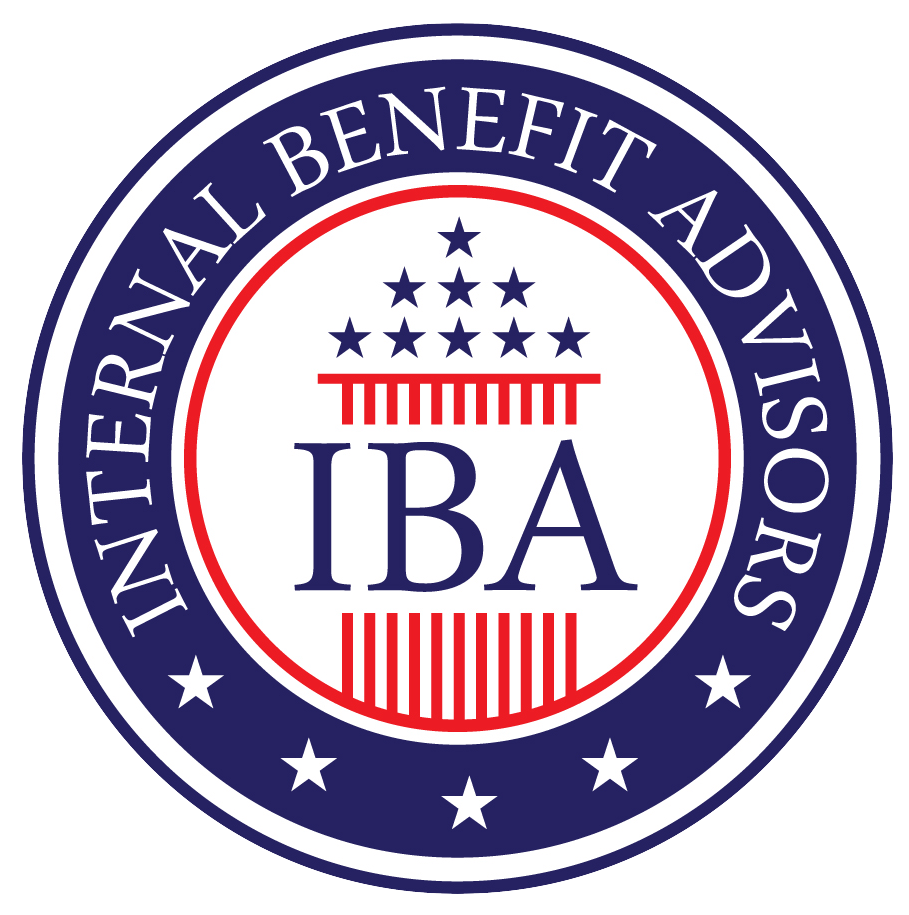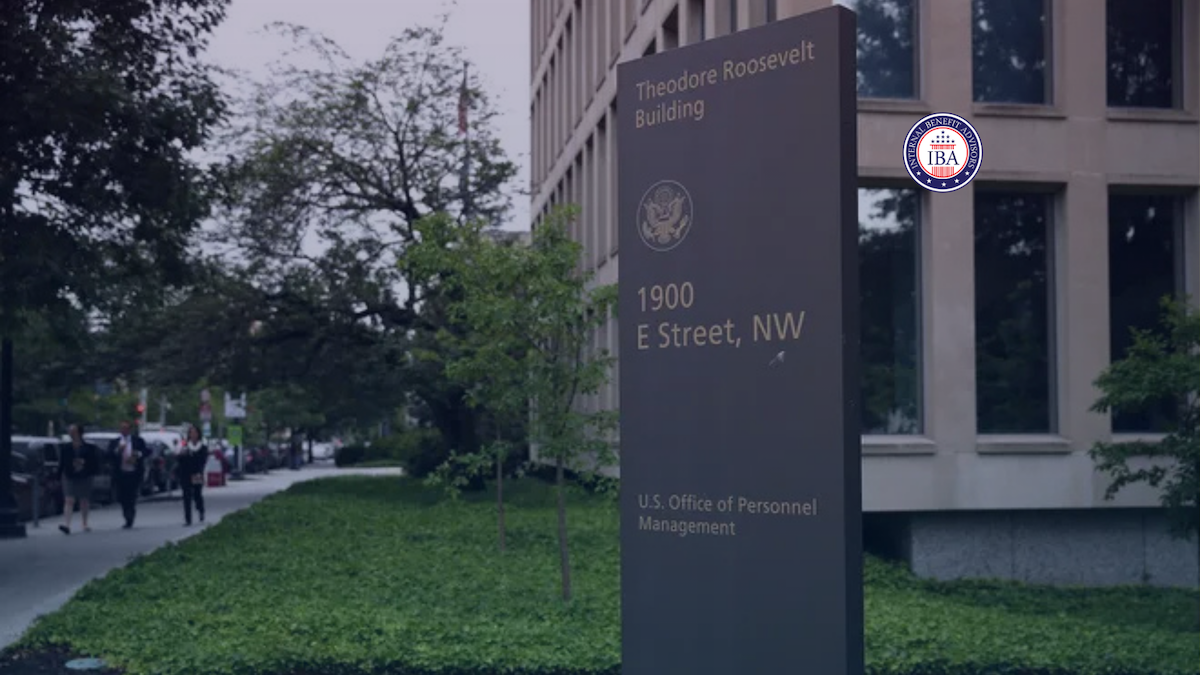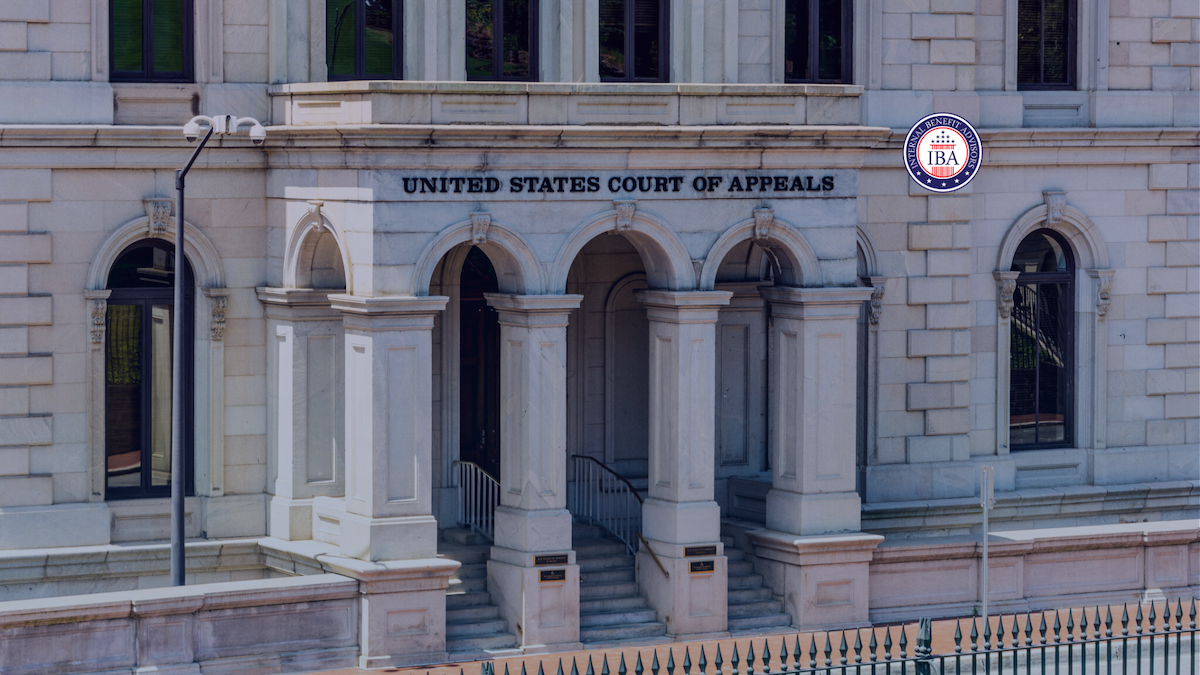How Extended Job Protections Impact Federal Retirement Planning
Recent developments in federal employment protections have brought relief to many federal workers. The extension of bans on Reduction-in-Force (RIFs) and reorganizations provides job security, but it also raises important questions about long-term Federal Retirement Planning.
For federal employees, understanding how job stability intersects with retirement benefits is crucial. Whether you’re a long-term employee or nearing retirement, here’s what you need to know.
How Job Security Affects Federal Retirement Benefits
- Pension Calculations Under FERS
- The Federal Employees Retirement System (FERS) pension is calculated using:
- Years of service (minimum 5 years for eligibility, but more years = higher payout).
- High-3 average salary (the average of your highest three consecutive years of pay).
- Why this matters now: Avoiding RIFs means more time to increase your high-3 salary and accrue additional service time, leading to a larger annuity.
- Pro tip: If you’re eligible for a promotion or step increase, staying longer could significantly boost your pension.
- The Federal Employees Retirement System (FERS) pension is calculated using:
- Thrift Savings Plan (TSP) Growth
- Consistent employment allows for:
- Maximizing contributions (in 2024, the limit is 23,000,with an additional 23,000, with an additional 7,500 catch-up for those 50+).
- Benefiting from compounding interest—delaying withdrawals means more growth over time.
- Recommended strategy:
- Use the Roth TSP if you expect to be in a higher tax bracket in retirement.
- Consider diversifying investments (e.g., a mix of C, S, and I funds).
- Consistent employment allows for:
- Healthcare Benefits (FEHB) Continuation
- To retain Federal Employees Health Benefits (FEHB) in retirement, you must:
- Be enrolled for the last five years before retiring.
- Understand that premiums remain the same as active employees (a major perk).
- Key consideration: If you leave federal service before retirement eligibility, you may lose FEHB—making job security even more valuable.
- To retain Federal Employees Health Benefits (FEHB) in retirement, you must:
Key Retirement Planning Steps for Federal Employees
- Maximize TSP Contributions
- Why? The TSP is one of the most tax-advantaged retirement accounts available.
- How?
- Increase contributions by at least 1% annually.
- If possible, contribute enough to get the full 5% agency match.
- Expert tip: Use the TSP’s lifecycle (L) funds for automated, age-appropriate asset allocation.
- Review Your FERS Annuity Estimate
- Use the OPM Ballpark Estimator to project your retirement income.
- Factor in:
- FERS Supplement (if retiring before 62).
- Social Security integration (FERS employees receive less than CSRS retirees).
- Understand Survivor Benefits
- Electing a survivor benefit ensures your spouse receives a portion of your pension (25% or 50%).
- Trade-off: A higher survivor benefit reduces your monthly annuity.
- Best practice: Compare costs with private life insurance for flexibility.
- Plan for Healthcare in Retirement
- FEHB + Medicare = Best coverage.
- Enroll in Medicare Part B at 65 to avoid penalties.
- Consider long-term care insurance (FLTCIP) for future needs.
- FEHB + Medicare = Best coverage.
How Internal Benefit Advisors Can Help
Navigating federal retirement benefits can be complex. At Internal Benefit Advisors, we specialize in helping federal employees optimize their retirement plans. From TSP strategies to FERS pension maximization, our experts ensure you make informed decisions.
“Federal employees need a tailored approach to retirement planning. With shifting job protections, having a solid financial strategy is more important than ever.” – Internal Benefit Advisors Review
🔗 References:




